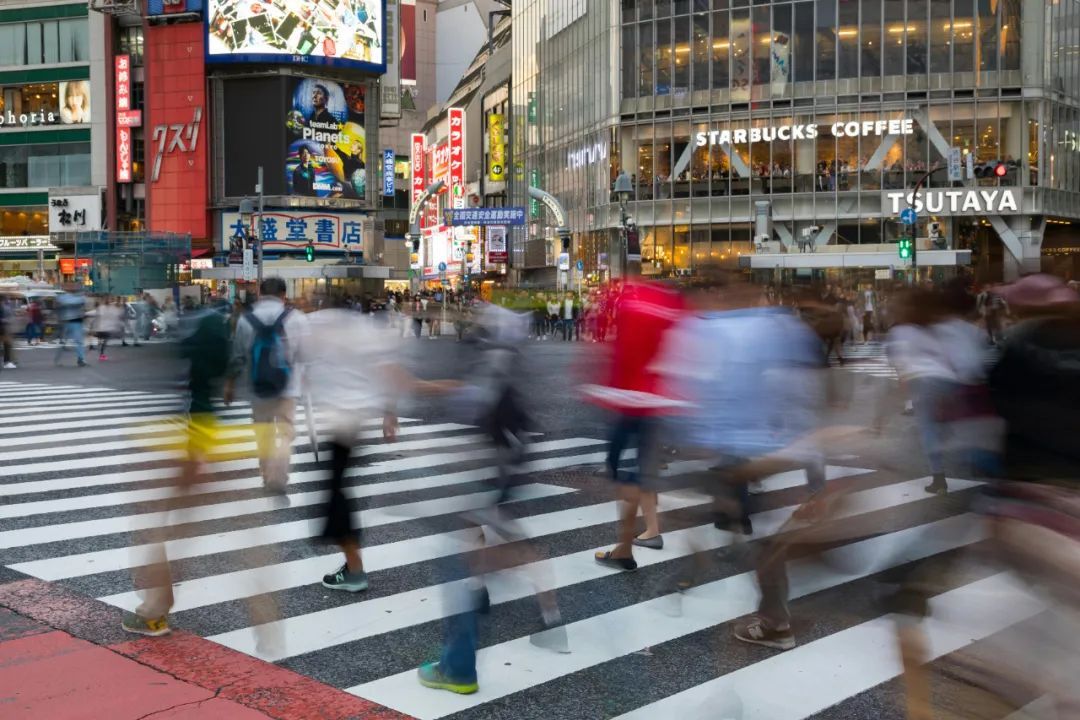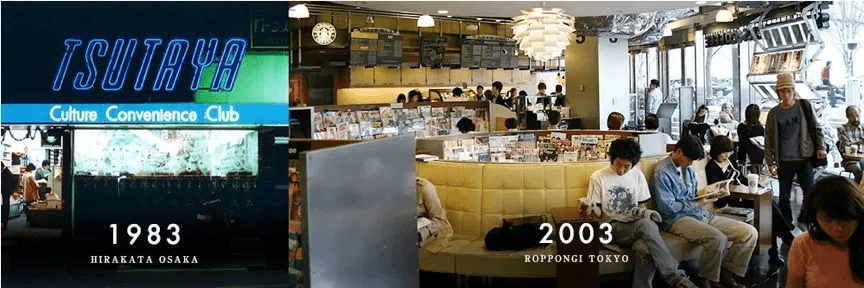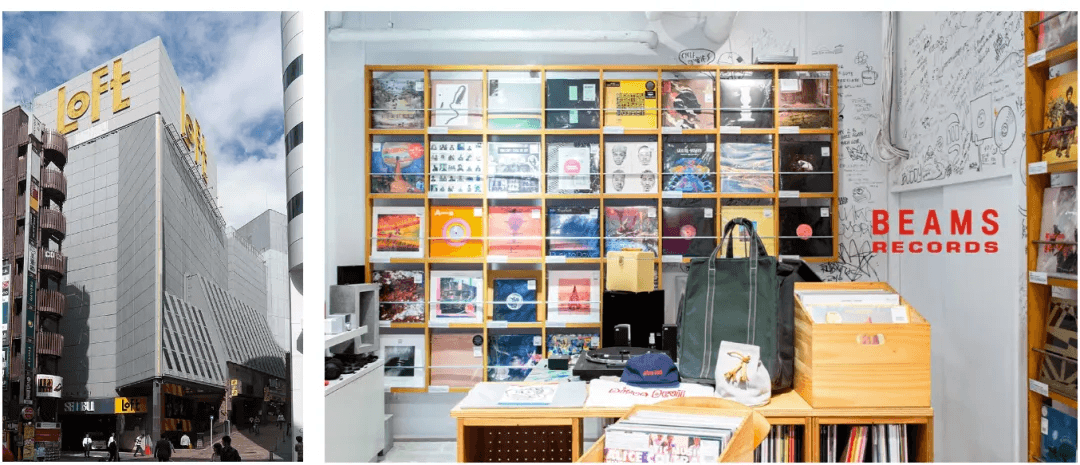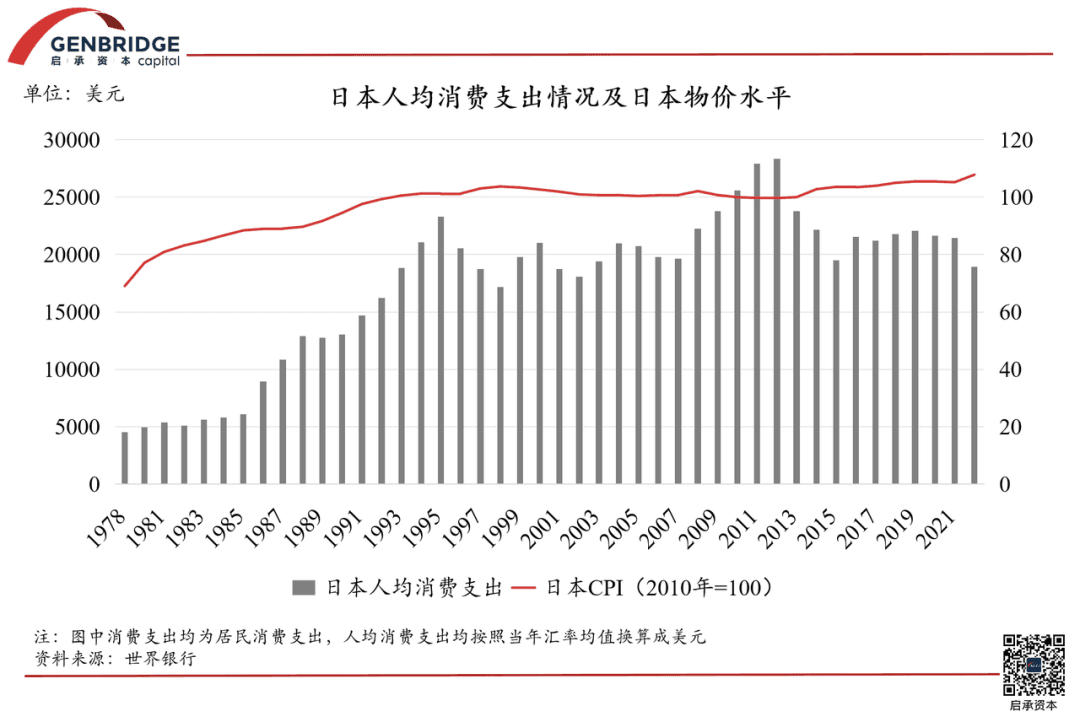BEAMS, Tsutaya Books, Loft... These fancy-looking Japanese boutique stores? What you might not know is that many of them thrived after Japan’s economic bubble burst.
In 1976, American Life Shop BEAMS opened its first store in Harajuku, Tokyo—just 21.5 square meters in size—selling fashion items founder Yo Shitara sourced directly from the U.S. West Coast.
In 1983, named after the famous Edo-period publisher Tsutaya Jūzaburō, Munetaka Masuda opened the first Tsutaya Books store in his hometown of Hirakata, Osaka, focusing on audiovisual media and books.
In 1987, the lifestyle goods specialty store Loft was launched inside the Seibu Department Store in Shibuya...
Wait, weren’t people supposed to stop spending during economic downturns? Why did Japanese consumers become even more extravagant?
First, let’s clarify something: after the bubble economy burst in the 1990s, Japanese consumers didn’t entirely shut their wallets.
As the chart shows, Japanese household spending has remained stable from the 1980s to the present. Meanwhile, prices have not surged dramatically over the same period.
Strangely enough, what changed was the type of consumption—luxury goods fell out of favor. At the peak in the 1980s, the average Japanese person owned 14 Louis Vuitton bags. But by the 1990s, pawnshops ("質屋") were everywhere, their windows plastered with signs: “We Buy Luxury Goods at High Prices!”
Selling an LV bag became as common as a trip to the convenience store. Japan’s secondhand luxury market boomed as a result. In 1995, Japanese consumers accounted for 68% of global luxury purchases. Twenty years later, that number dropped to just 10%.
Even more dramatic was the collapse of the real estate market. Gone were the days when people said “Tokyo alone could buy all of America.” From 1991 onward, housing prices plummeted, with peak declines reaching 46%.
So, no more luxury splurging, no more house or car buying—yet consumer spending didn’t drop. Where did all that money go?
In this episode of GenBridge TV, we turn our lens back 30 years to reconstruct a realistic portrait of Japan’s consumer society and explore these key questions:
What consumer trends emerged in Japan after the 1990s, and why?
How should we understand Tsutaya Books, Loft, and BEAMS? Why did they thrive during an economic downturn?
From a macro perspective, what forces continued to drive Japan’s consumption boom?






